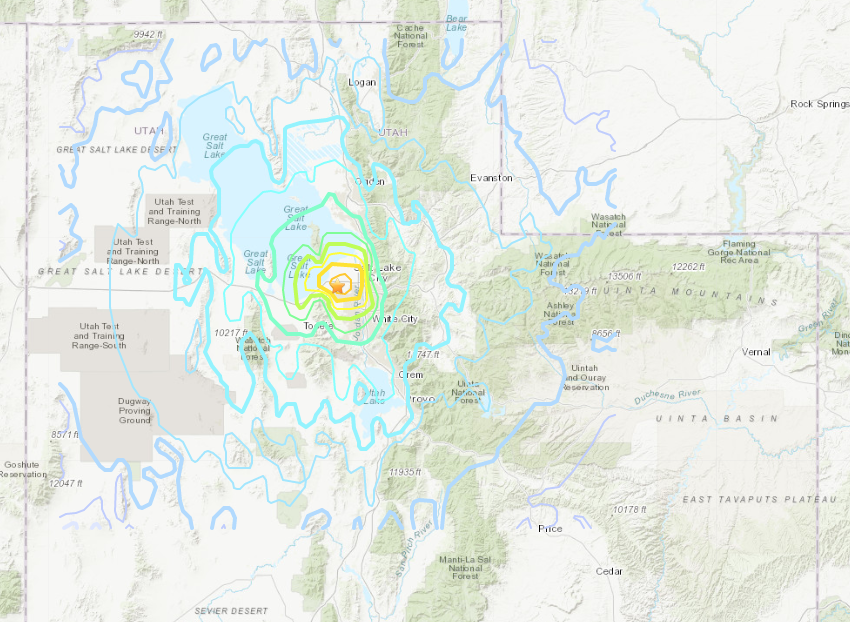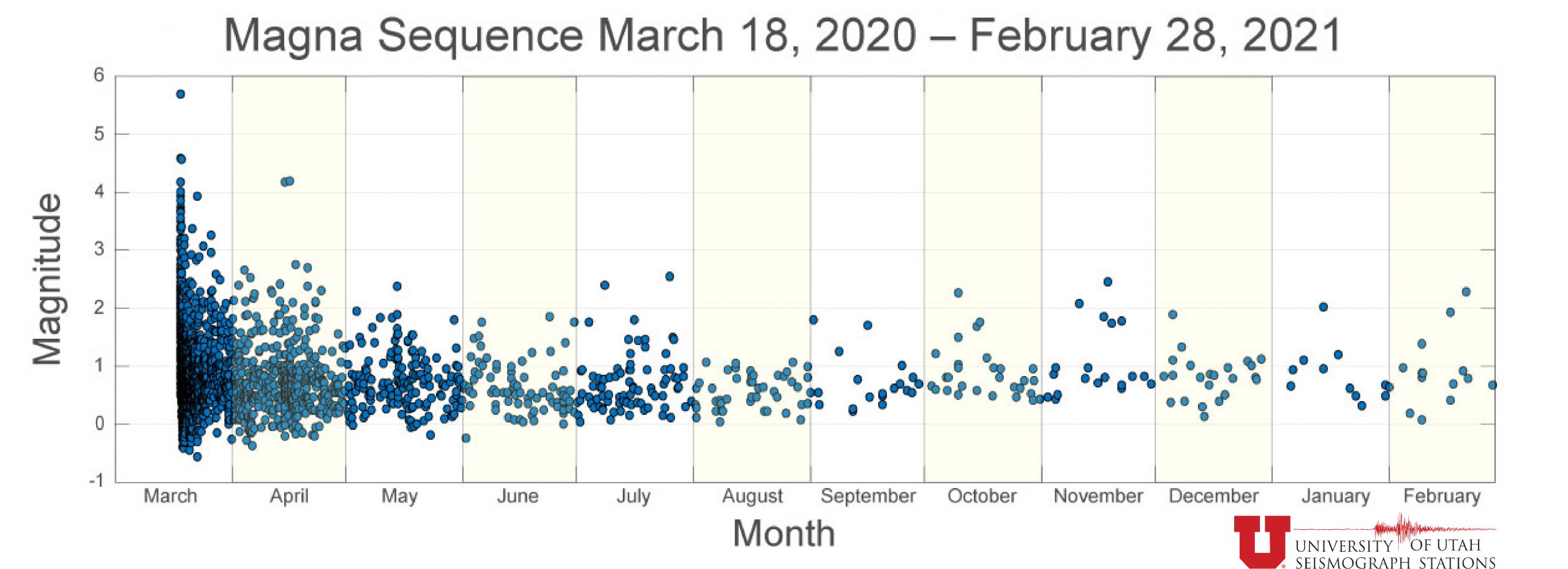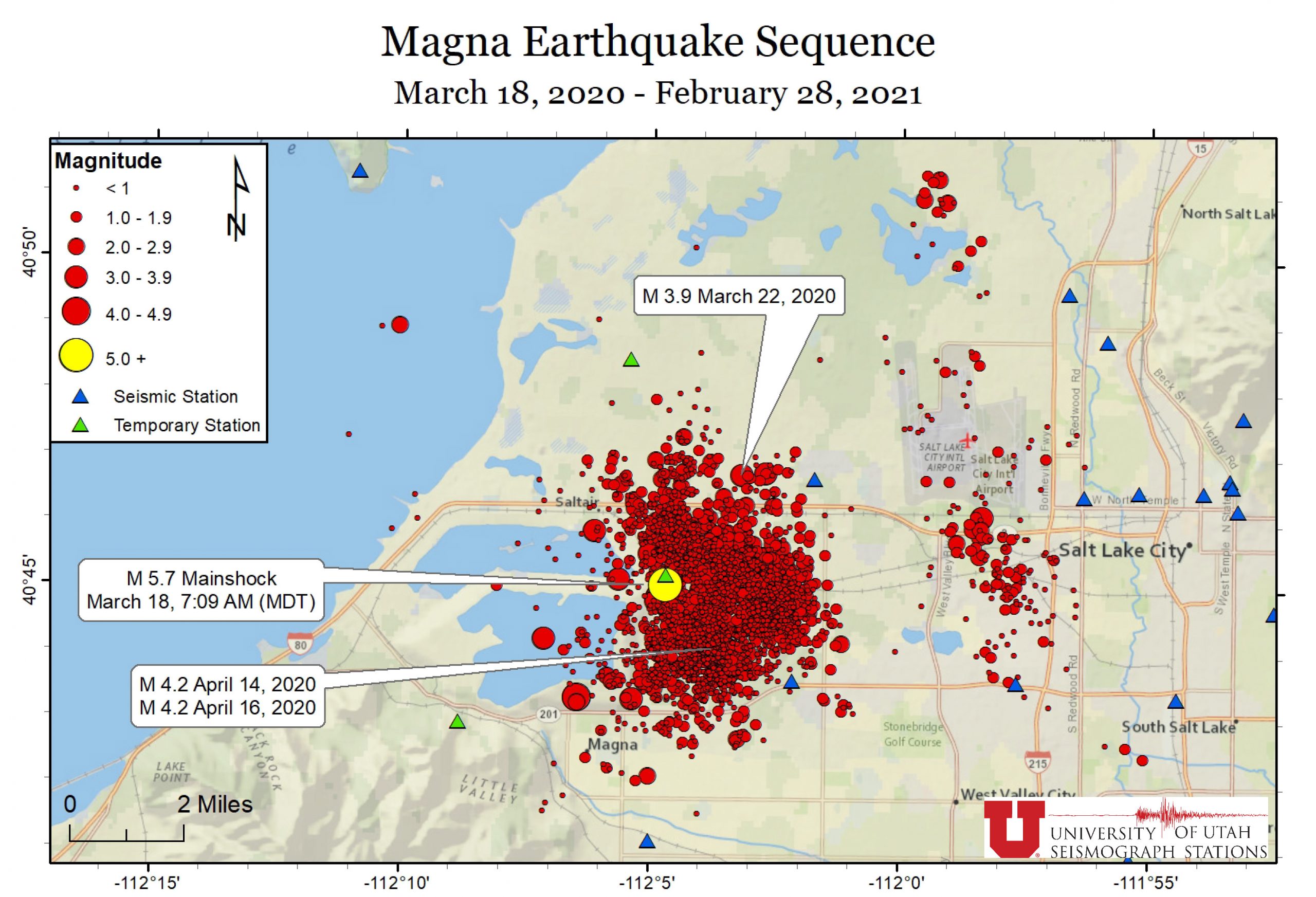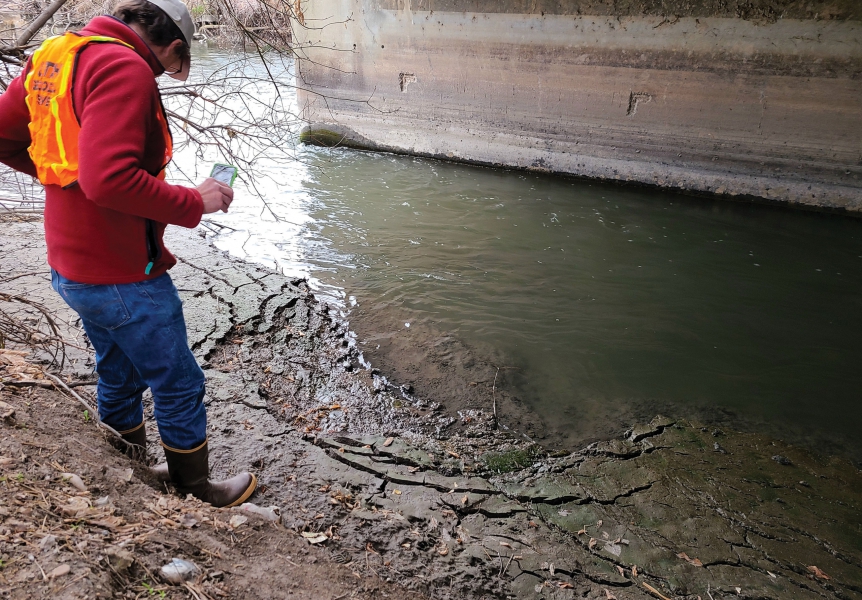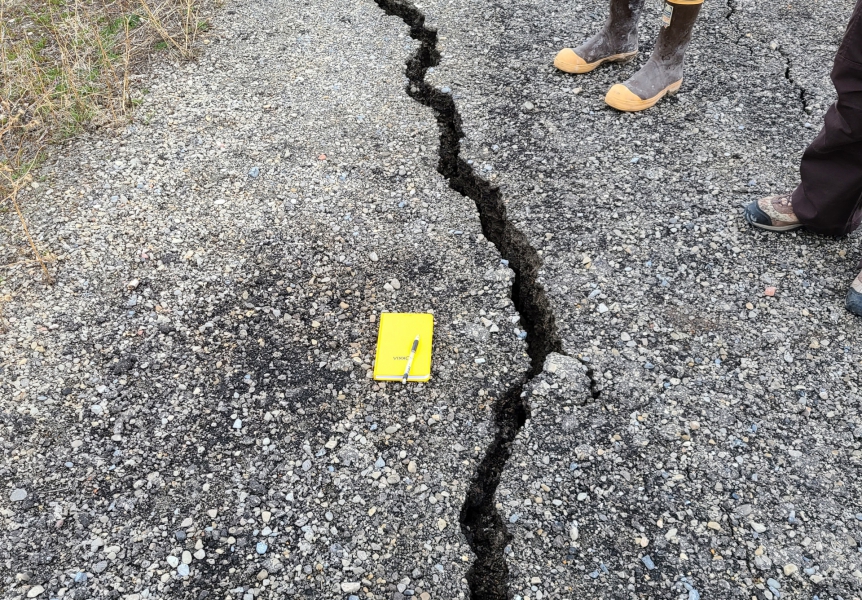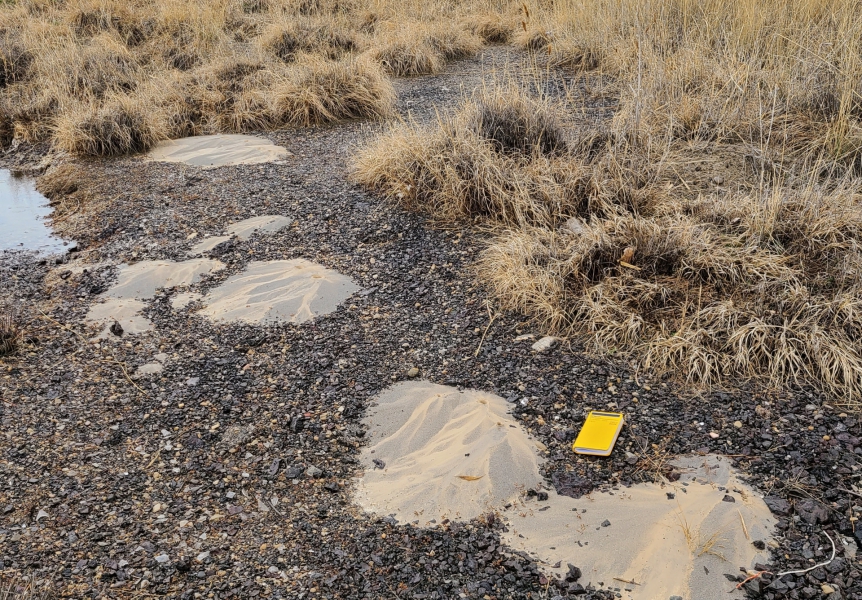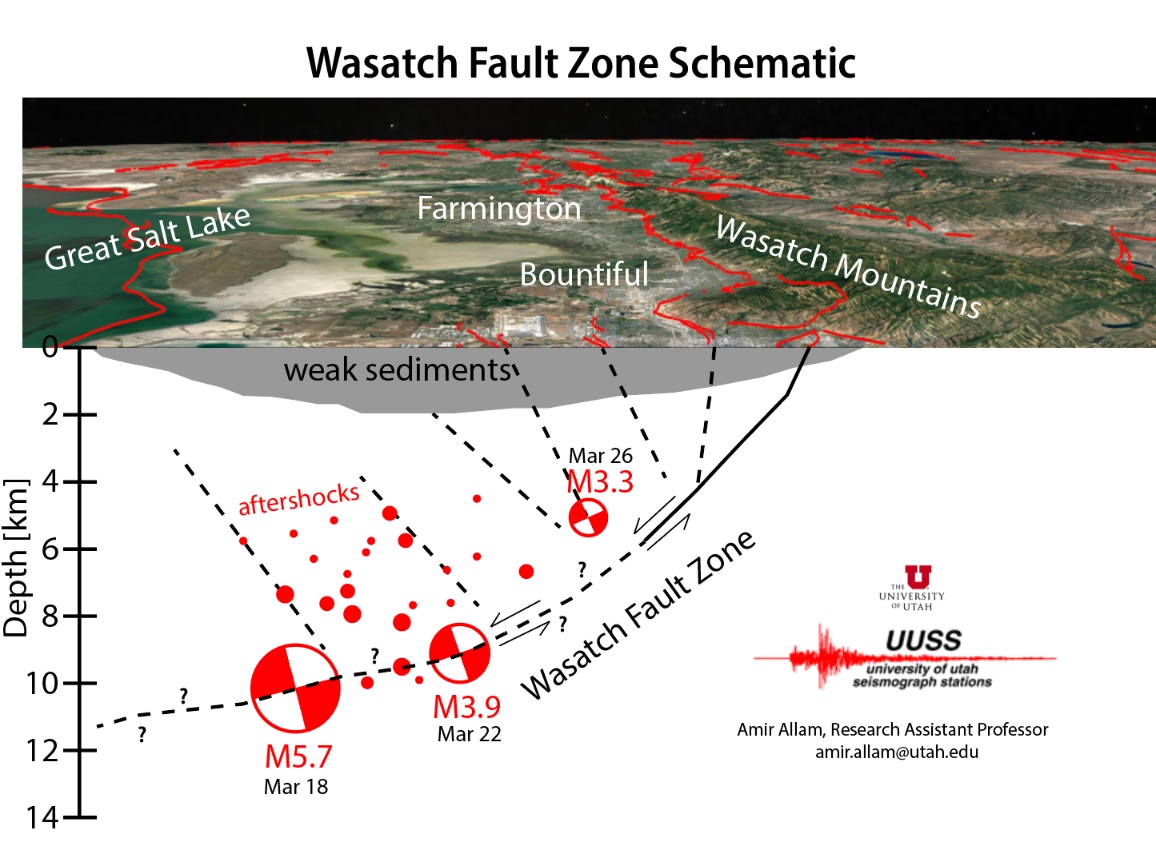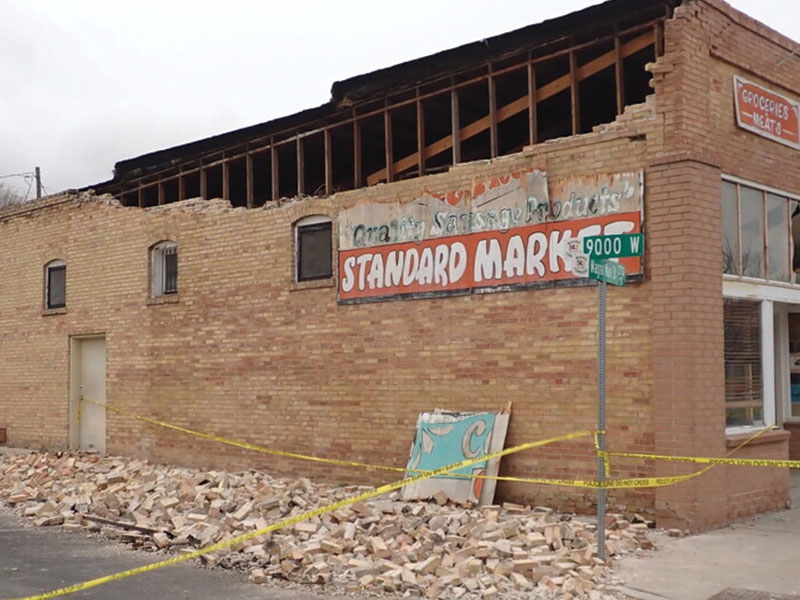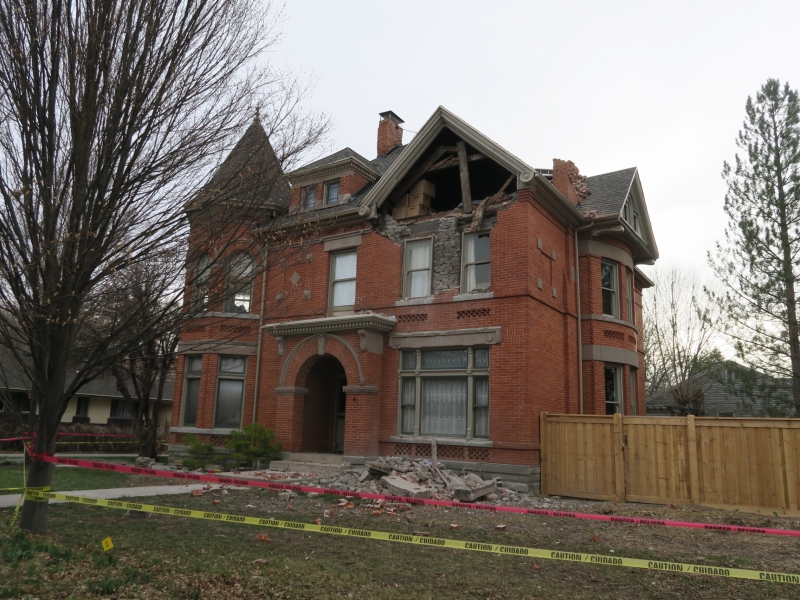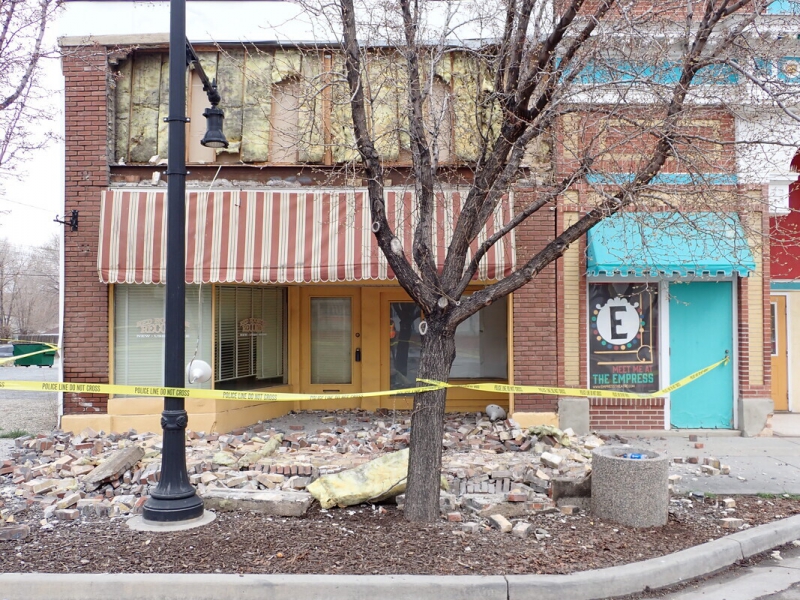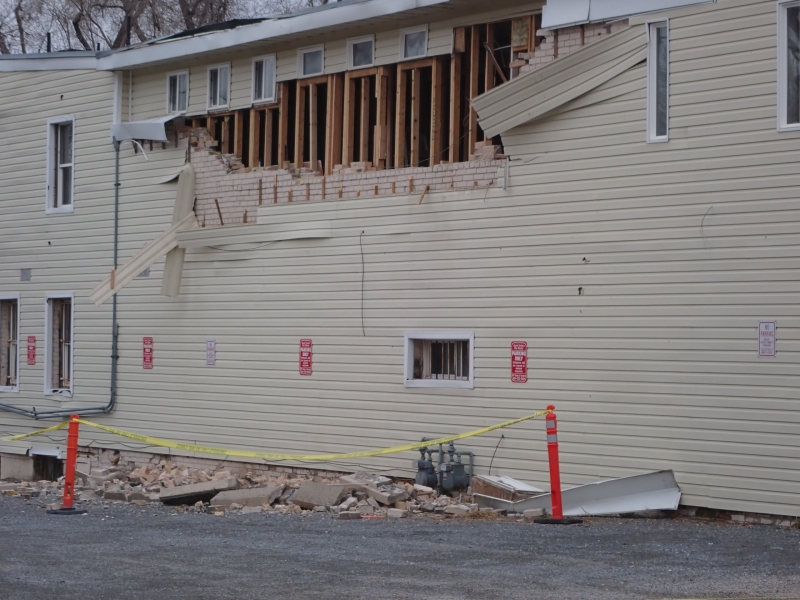2020 Magna Earthquake
Utah experienced a magnitude (M) 5.7 earthquake on March 18, 2020 at 7:09 a.m.
On the morning of Wednesday, March 18, 2020, northern Utah experienced a magnitude (M) 5.7 earthquake with an epicenter north of Magna, Utah. The mainshock was widely felt across the Wasatch Front with over 30,000 felt reports received by USGS and UUSS. More than 2,500 aftershocks occurred after the initial M5.7 earthquake. Utah experienced occasional spikes of felt aftershocks of M4.0 or M3.0 for weeks and months afterward.
The count includes:
1 in the magnitude 5.0 – 5.9 range
6 in the magnitude 4.0 – 4.9 range
30 in the magnitude 3.0 – 3.9 range
137 in the magnitude 2.0 – 2.9 range
698 in the magnitude 1.0 – 1.9 range
1,507 in the magnitude 0 – 0.9 range
111 less than magnitude 0 or undetermined
Aftershocks
Magna Quake Anniversary Town Hall
Wade Mathews, CPM, MEP PIO/Be Ready Utah Section Manager, Division of Emergency Management
Keith D. Koper, Professor in Dept. of Geology & Geophysics, Director of Seismograph Stations, University of Utah
Clint S. Mecham, Director/Battalion Chief Salt Lake County Emergency Management/Unified Fire Authority Division
Emily Kleber, Project Geologist with the Geologic Hazards Program at the Utah Geological Survey in Salt Lake City, Utah.
John Crofts, MBA, CFM Utah Earthquake Program Manager, Utah Division of Emergency Management
Kevin Broderick, LMFT Crisis Counselor, Utah Strong Recovery Project, DHS
Geology of the Magna Earthquake
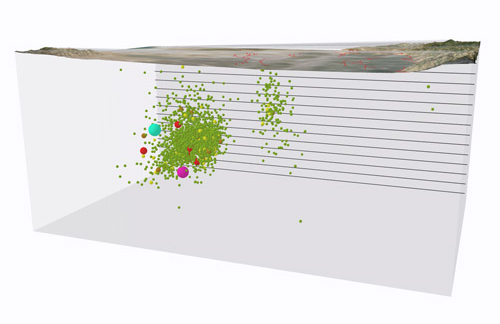
2020 M5.7 Magna, Utah Earthquake Locations
Updated: February 28, 2021, with 2,451 events

